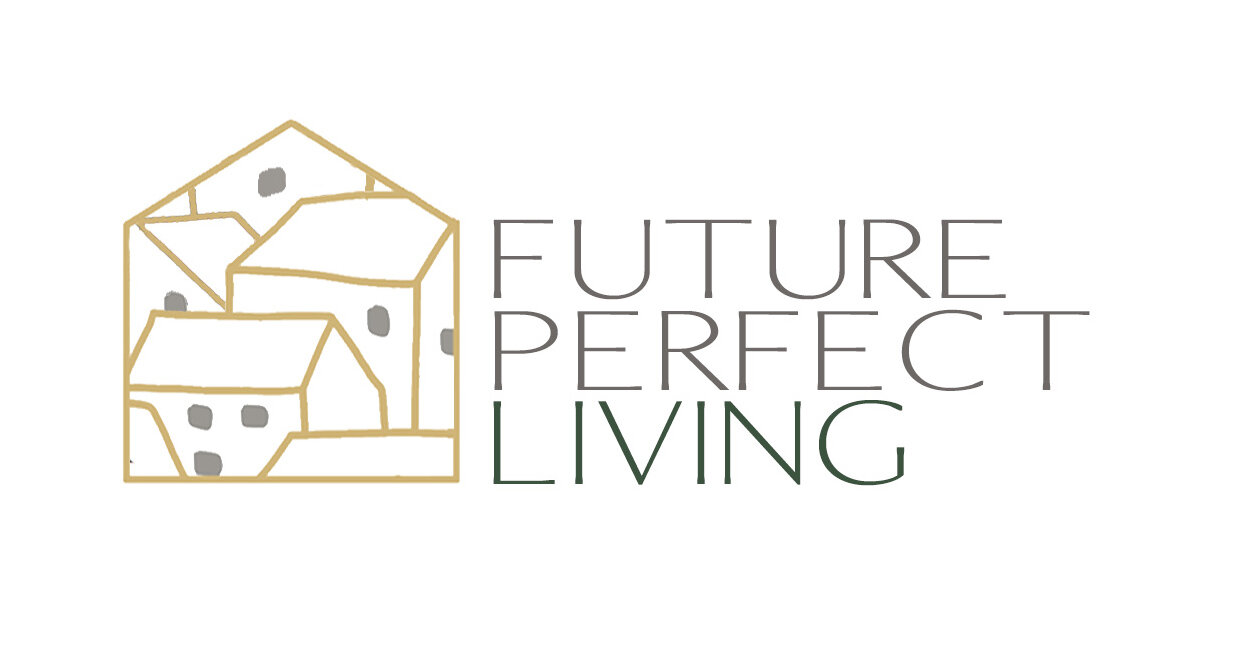Innovation or Stagnation in Senior Living Product Design
The pain points for senior living providers are growing as labor shortages, operating costs and customer expectations continue to rise. With all these challenges, what is the growth strategy for an industry that in the best of times never attracted more than 10% of their total addressable market? It is true that the size of the older adult market is growing so perhaps 10% of a larger market is enough to satisfy some owners and investors. For others, growth can come through mergers and acquisitions. Yet even with deep pockets, this strategy is limited by the mismatch between customer needs and product offerings.
The industry’s business models are at least fifty years old and famous for their six figure entrance fees and supersized returns on investment. A senior living executive once told me that their company was addicted to the entrance fee financial structure and was unlikely to consider alternatives, even as their value proposition of lifelong care was dialed back or eliminated. This is likely one explanation for more talk than action in addressing growing customer demand for new community products that meet today’s lifestyle and financial needs and desires. Is the industry interested in serving these neglected customers? If so, there is still plenty of money to be made.
This new style of senior living targeting the 90% of customers who reject current products will require a different approach to financing and operations; one that provides customers more control and flexibility over costs and lifestyle choices. It will enable customers to invest their home equity themselves to secure their future as opposed to relying on senior living companies to hold and invest their equity in exchange for an offer of some future care. This paternalistic approach to financing senior living once served most of its customers well. Yet there can be little doubt that fifty years later, it is getting much harder to sell this value proposition.
Is there industry interest in products with new financial and operational approaches that will accelerate growth while serving investor and customer interests alike? I hope so. The senior living industry has valuable knowledge, experience and insight into the oldest old. But what about their younger customers? Who is going to meet their needs and desires as they begin to move through multiple decades of older adulthood? I always thought the industry would lead the way. It is still possible but will require exploring new paradigms that can lead to true innovation and may look very different from what has been offered in the past. There are examples emerging today in multifamily, mixed-use, co-housing and more, that could be adopted and scaled for the senior living market. Innovative solutions are certainly available and will become more obvious when new community products are intentionally designed keeping today’s customer interests, and the new technologies that can serve them, top of mind.
